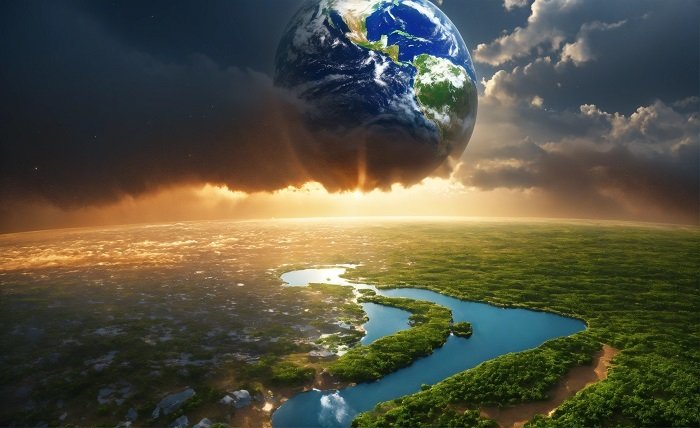Navigating the Path to Sustainable Future: Unraveling Climate Goals

Introduction
In a world grappling with the consequences of climate change, the concept of climate goals has emerged as a beacon of hope. This introductory section delves into the significance of setting climate goals, outlining the urgency and global commitment required to address environmental challenges.
Understanding Climate Goals
This section breaks down the meaning and scope of climate goals, exploring the various dimensions that define them. From greenhouse gas emissions to renewable energy targets, gain insights into the multifaceted nature of these goals and their role in mitigating climate change.
Global Initiatives and Agreements
Here, we explore international efforts and agreements aimed at addressing climate change. From the Paris Agreement to other global initiatives, understand the collaborative measures taken by nations to collectively work towards achieving ambitious climate goals.
Challenges on the Journey
Despite the noble intentions behind climate goals, this section sheds light on the challenges and obstacles that impede progress. From political hurdles to technological constraints, we explore the complexities involved in meeting climate targets and maintaining momentum.
Innovations and Technologies
To overcome challenges, the world is turning to innovation and technology. This section discusses cutting-edge solutions and advancements that contribute to the achievement of climate goals. From renewable energy breakthroughs to sustainable practices, discover the tools shaping a greener future.
Role of Businesses and Individuals
Individuals and businesses play a crucial role in the pursuit of climate goals. This section explores the responsibilities and contributions of both sectors, emphasizing the collective impact that small and large-scale efforts can have on achieving a sustainable and resilient future.
Policy Frameworks and Governmental Actions
Explore the role of governments in driving climate goals through policy frameworks and legislative actions. From carbon pricing to subsidies for green initiatives, understand how political decisions shape the trajectory of climate action on a national and international level.
Conclusion
As we wrap up this exploration of climate goals, the conclusion summarizes key takeaways. Reflect on the collective responsibility, the power of global collaboration, and the ongoing efforts required to safeguard our planet. The conclusion acts as a call to action, urging individuals, businesses, and governments to continue working towards a sustainable future.
FAQs
Q1: Why are climate goals important?
Climate goals are essential as they provide a framework for addressing climate change, setting targets for reducing greenhouse gas emissions, transitioning to renewable energy, and promoting sustainable practices.
Q2: How can individuals contribute to climate goals?
Individuals can contribute by adopting sustainable lifestyles, reducing energy consumption, supporting eco-friendly products, and advocating for climate-friendly policies.
Q3: What role do businesses play in achieving climate goals?
Businesses contribute by adopting sustainable practices, investing in renewable energy, and aligning their operations with environmental standards. They can also influence supply chains and consumer behavior.
Q4: Are there consequences for not achieving climate goals?
Yes, failing to meet climate goals may lead to severe consequences such as more frequent and intense climate events, rising sea levels, and disruptions to ecosystems, impacting both human and environmental well-being.
Embark on this journey to unravel the complexities of climate goals and discover the collective efforts needed to secure a sustainable future. From global agreements to individual actions, every step counts in this race against time to protect our planet.
Stay updated with the latest Tamil news, breaking stories, entertainment, and more on oneIndia tamil—your trusted source for Tamil updates.




